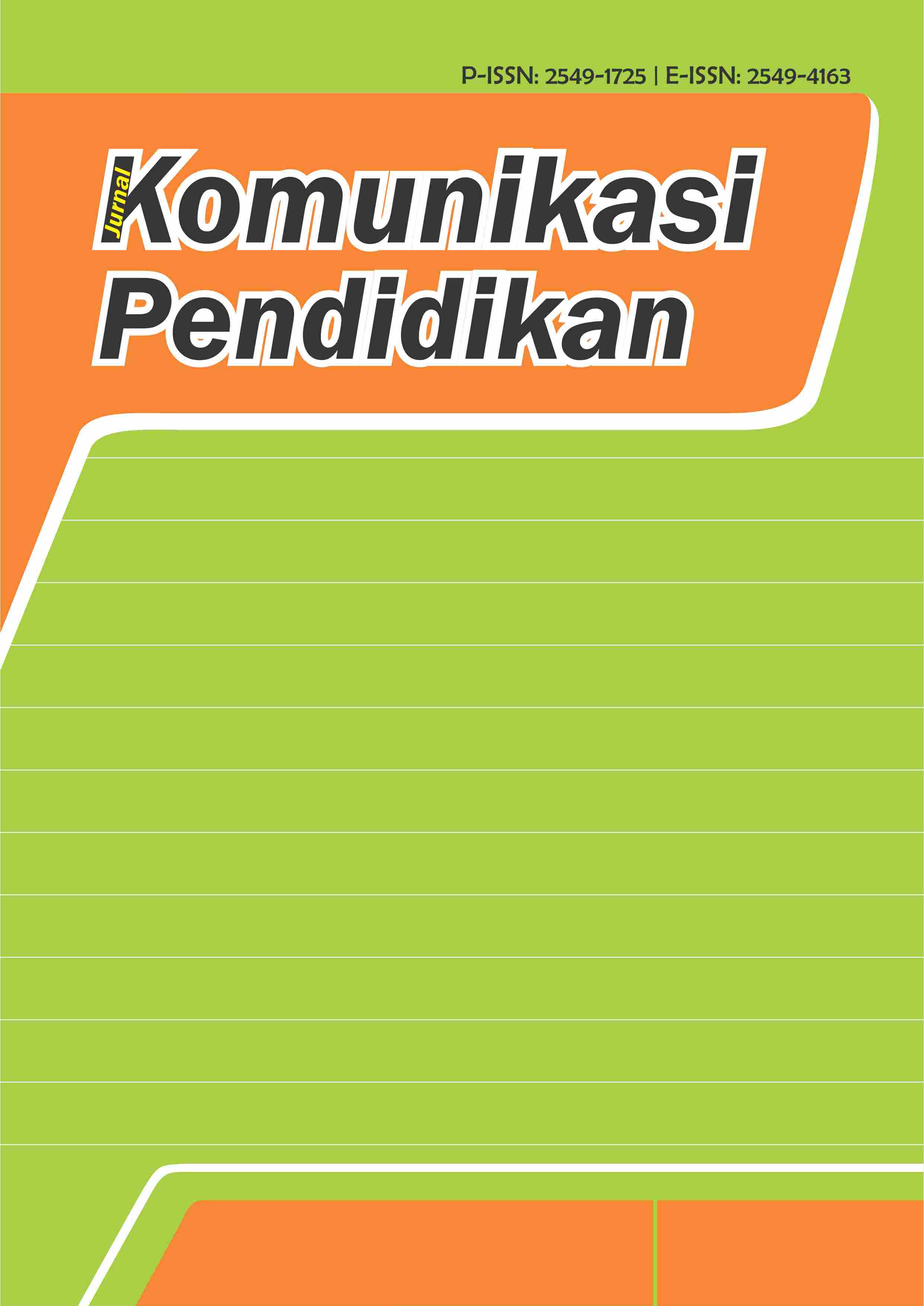Analyzing the Critical Thinking Skills of 5th Grade Students on the Respiratory System Material Using a Qualitative Descriptive Method
DOI:
https://doi.org/10.32585/jurnalkomdik.v9i1.6004Abstract
Critical thinking skills are crucial for preparing students to face complex real-world problems and are a key component of 21st-century learning. This study aims to identify the critical thinking skill profile of 5th-grade elementary school students on the respiratory system material. Critical thinking is an essential skill in 21st-century education, particularly for developing students' abilities in analysis, evaluation, and argumentation. However, it is often neglected in science education at the elementary level. This research employs a qualitative descriptive method with survey techniques. Data were collected through questionnaires, interviews, and classroom observations to assess students' critical thinking skills. The results indicate that among the 30 students tested, 15 were categorized as Fair, 12 as Low, and only 3 as Good. No student achieved the Very Good or Very Low category. The analysis of critical thinking indicators including analyzing, evaluating, composing arguments, and problem-solving reveals that while students possess a basic understanding, they struggle with more advanced critical thinking tasks. The study concludes that students' critical thinking skills remain limited to basic comprehension. This limitation is attributed to the dominance of rote learning methods and the lack of interactive and problem-solving-based instructional strategies. Future teaching approaches should prioritize active learning and the integration of critical thinking practices to enhance students' higher-order thinking skills.
Downloads
Downloads
Published
How to Cite
Issue
Section
License
Copyright (c) 2025 Asri Indah Purnamasari

This work is licensed under a Creative Commons Attribution-ShareAlike 4.0 International License.
Authors who publish with the Jurnal Komunikasi Pendidikan agree to the following terms:
- Authors retain copyright and grant the journal the right of first publication with the work simultaneously licensed under a Creative Commons Attribution License (CC BY-SA 4.0) that allows others to share the work with an acknowledgment of the work's authorship and initial publication in this journal.
- Authors are able to enter into separate, additional contractual arrangements for the non-exclusive distribution of the journal's published version of the work (e.g., post it to an institutional repository or publish it in a book), with an acknowledgment of its initial publication in this journal.
- Authors are permitted and encouraged to post their work online (e.g., in institutional repositories or on their website) prior to and during the submission process, as it can lead to productive exchanges, as well as earlier and greater citation of published work.





